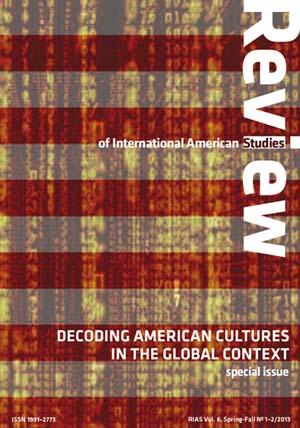TO GO BEYOND COMMUNAL NARRATIVE CONSTRUCTS: The Case of William Faulkner and Nakagami Kenji
TO GO BEYOND COMMUNAL NARRATIVE CONSTRUCTS: The Case of William Faulkner and Nakagami Kenji
Author(s): Takako TanakaSubject(s): Language and Literature Studies, Studies of Literature, Other Language Literature, Cultural Anthropology / Ethnology
Published by: Wydawnictwo Uniwersytetu Śląskiego
Summary/Abstract: William Faulkner (1897–1962), the great novelist of the American South in the twentieth century, influenced many writers globally. Nakagami Kenji (1946–92), a literary master of modern Japan after Oe Kenzaburo (the 1994 Nobel Prize winner for literature), was one of those who acknowledged Faulkner’s influence on his literary imagination. Nakagami’s Kumano, which serves as the background of his many fictions, reminds us of Faulkner’s Yoknapatawpha. Nakagami wrote extensively about several families of this area in his novels, just as Faulkner wrote in his Yoknapatawpha saga.Admittedly, Faulkner was from the planter class of the old South, while Nakagami was from the Burakumin class, a Japanese social outcaste in the past. Nakagami regarded himself as a minority writer, and like some African-American or Latin-American writers inspired by Faulkner, he was quite conscious of Faulkner’s critical but complicated gaze towards his society. Born illegitimate in the minority class in a country which traditionally emphasized the patriarchal authority, Nakagami sensed Faulkner’s polar position and predicament as a legitimate heir to Southern culture and history. Faulkner was aware of the contradictions of binary thinking in the Southern black/white racial divide, but growing up in the deep South, he also knew the binding power of the traditional narrative constructs. The cause of the old South and the spell of blood and race repelled as well as enchanted him.
Journal: Review of International American Studies
- Issue Year: 6/2013
- Issue No: 1-2
- Page Range: 93-109
- Page Count: 17
- Language: English

